Design Brooklyn: The Williamsburgh Saving Bank's Starry Dome
Design Brooklyn is an occasional column featuring Brooklyn interiors, both residential and commercial. The column is written by Anne Hellman, with photographs by Michel Arnaud. They blog at Design Brooklyn and have a book of the same name coming out next month. Approaching the Williamsburgh Savings Bank on Broadway in Williamsburg — the bank’s first building, constructed between 1870…
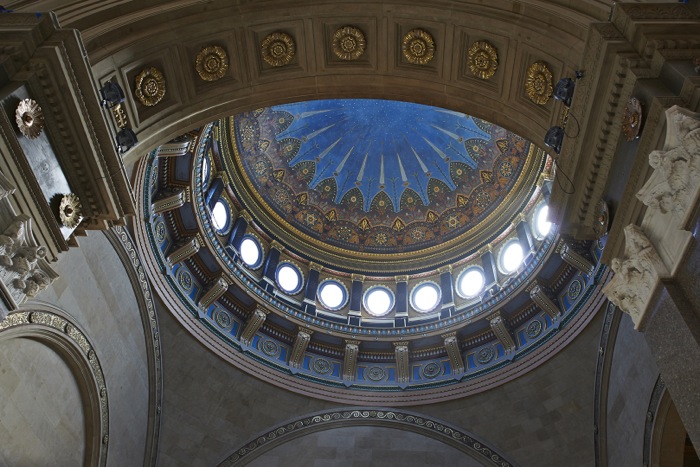

Design Brooklyn is an occasional column featuring Brooklyn interiors, both residential and commercial. The column is written by Anne Hellman, with photographs by Michel Arnaud. They blog at Design Brooklyn and have a book of the same name coming out next month.
Approaching the Williamsburgh Savings Bank on Broadway in Williamsburg — the bank’s first building, constructed between 1870 and 1875 — one has the sense of catching a glimpse of Europe in the middle of urban Brooklyn. Especially now that the landmark’s new owner, Juan A. Figueroa, and his cousin Carlos Perez San Martin have spent the last three years restoring the magnificent façade and interior to create a five-star event space called Weylin B. Seymour’s (note the acronym). The gold leaf on the 110-foot-high cast-iron dome, which can be seen from blocks away, shimmers in the sunlight, the cupola and weather vane sparked with new life.
The restoration of the four-story façade is one thing, and the interior another. The bank, located at 175 Broadway, was one of the earliest designs by New York City architect George B. Post, whose famous later works include the New York Stock Exchange. In the Williamsburgh Savings Bank, Post introduced America to the beauty of Beaux-Arts architecture, and specifically the French-inspired Classical Revival Style. (The Neo-Grec-influenced building, inspired by the Renaissance and Rome equally, prefigures many of the hallmarks of the later Beaux Arts style as practiced in America.) Figueroa and Perez San Martin, who has acted as project manager, amassed a team of more than twenty consultants led by the period expert, architect David Scott Parker, to refurbish and reinstate every detail of the façade—from the 20 oval windows encircling the dome to the original ironwork and grand, bronze-coated doors—as well as the magical interior.
Inside, an awe-inspiring experience awaits, mainly because for so long this building was coated, layers deep, in dirt, drywall, and overall neglect. To come upon it now, in the same glory it possessed when first erected, takes one’s breath away. They don’t make buildings like this anymore.
Post commissioned the architect, designer, and artisan Peter B. Wight to spearhead the bank’s interior design. Wight’s vision for the dome’s interior, a color-rich mural and extraordinary detail decoration, beams down in azure and gold — the only surviving mural created by Wight. The oval windows enclosed by the dome stream natural light in throughout the day, each pane etched with the WBS initials. At certain angles, the initials appear illuminated in a glowing ring on the bank’s marble floor, an intentional move by Wight. The dome’s interior had to be cleaned first with cotton balls and cloth to preserve the delicate paint, followed by a precise reconstruction of delaminated paint pieces by artisans from all over the world.
Other ceiling decorations throughout are equally vibrant, if not so high up, infusing certain areas with hues of tangerine, cobalt blue, deep reds, and glints of gold. Figueroa and Perez San Martin brought in top specialists in their field to restore the ceilings as well as mimic details that had been lost, from moldings to door hinges to the massive hand-cut mosaic marble floor. The original flooring could not be saved (one small surviving piece resides in a restroom off the main event space). The team commissioned a replica of the 6,500-square-foot floor to be crafted in Lebanon with Siena marble purchased in Italy and installed by Italian artists over a new hydronic radiant heating system, a modern-day amenity to make the space more comfortable during winter.
Side rooms off the main event space — a bridal dressing chamber, restrooms, and the restored office of the bank president — reveal not only gorgeous period wallpaper designed by Wight and replicated by Bradbury & Bradbury and Federico Rozo, but also one-of-a-kind encounters with painstakingly exquisite creations: a lusciously carved fireplace mantle in the president’s office; a vault door imported from France in 1875, complete with its engraved profile of Napoleon III; an engraved marble tribute to the bank’s founders, all of whom have Brooklyn streets christened in their honor. And then, tucked farther back, a restored bird-cage elevator installed in 1911 has been brightly refurbished and is now one of only three remaining in New York City approved to operate in their original state.
Weylin B. Seymour’s, scheduled to open in late 2013, offers an exceptional backdrop for any dream event, but it also brings Brooklyn of the 1870s back to life. The bank was founded “for the people,” serving women and servants at a time when no other institution would, and in that as well as in its architecture it marked history. Acquired by the Republic National Bank in 1989 and then owned by HSBC until 2010, the structure has always housed a bank but not always its treasures of architecture and interior design. The building’s exterior was declared a New York City landmark in 1966, as was the interior thirty years later in 1996. It is listed in the National Register of Historic Places. We should thank our lucky dome of stars.
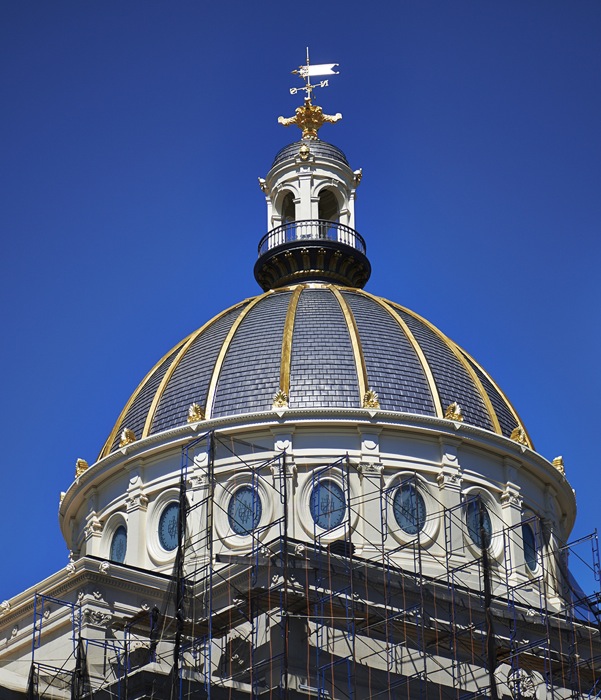
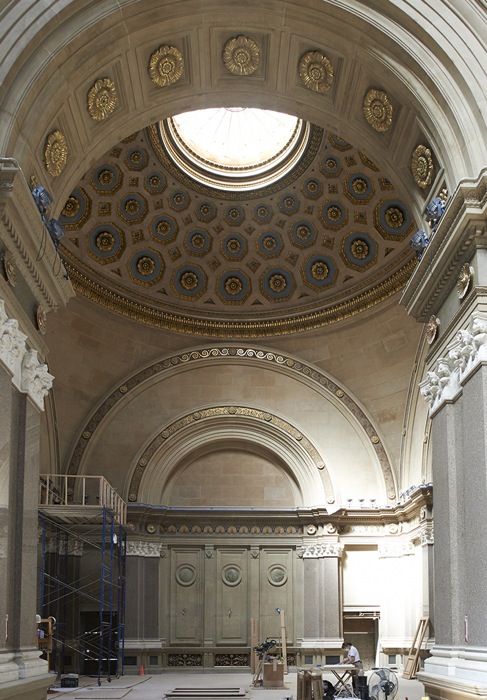
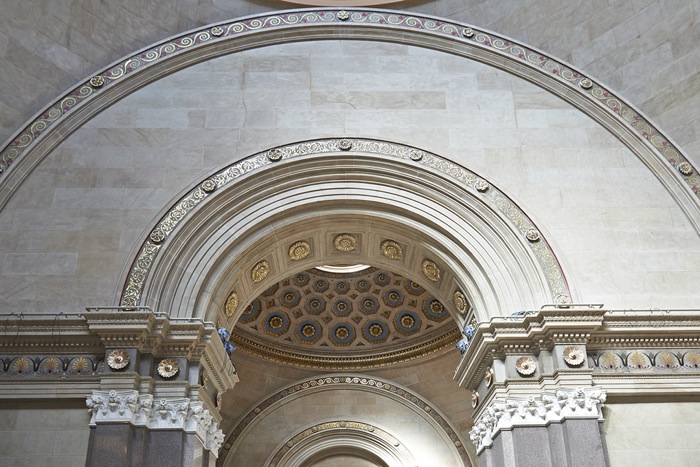

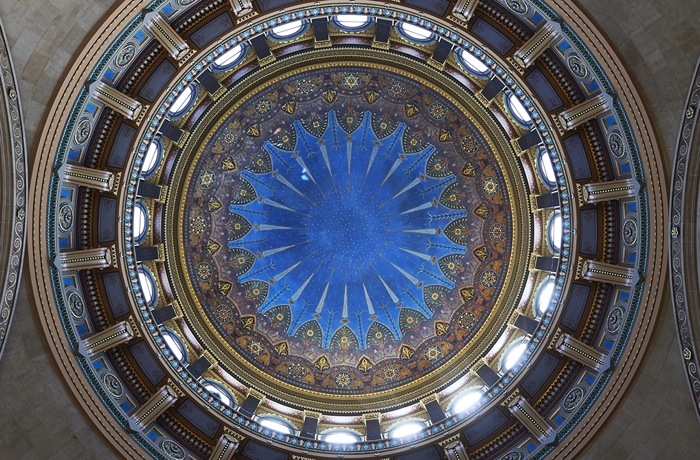
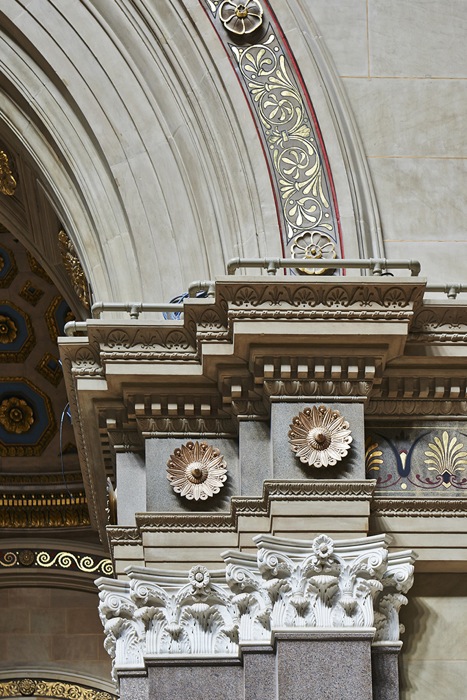
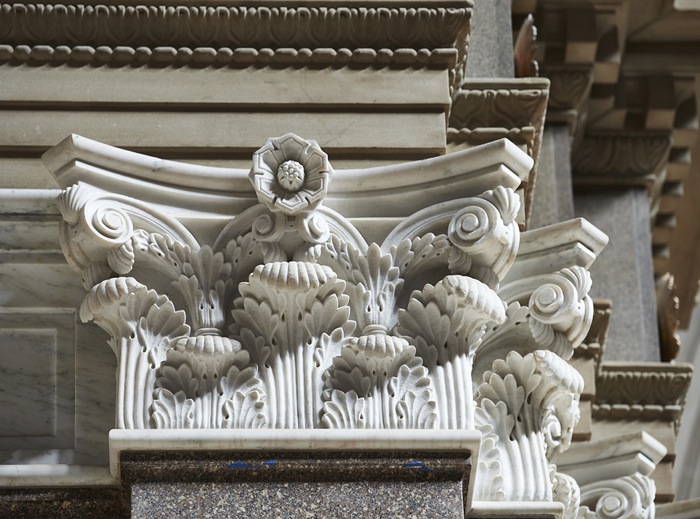
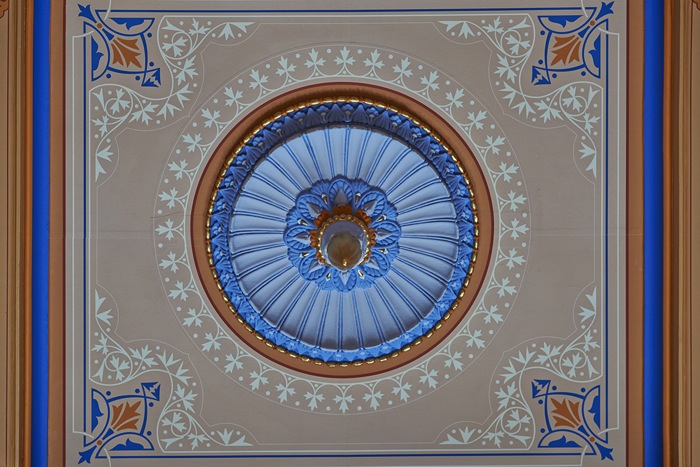
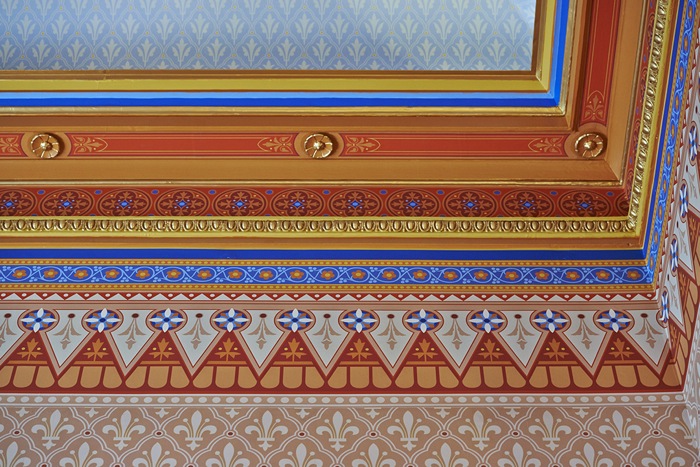
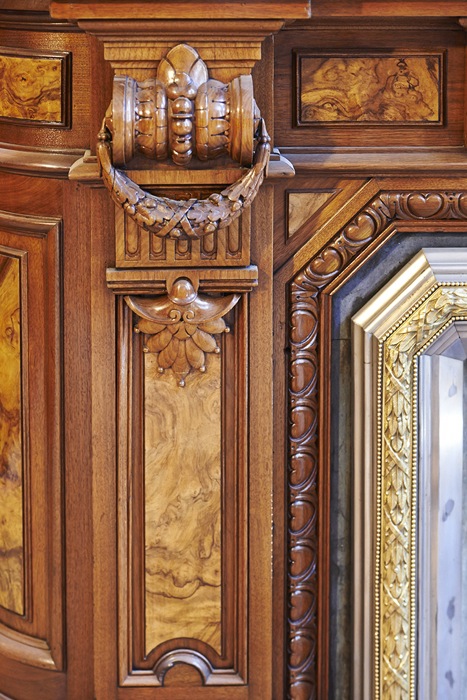
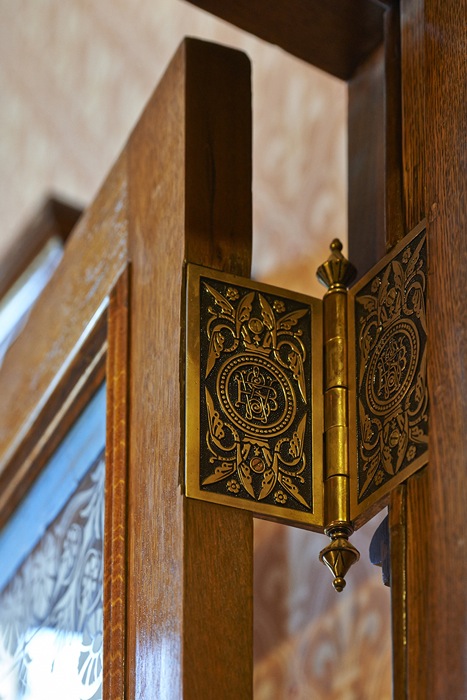
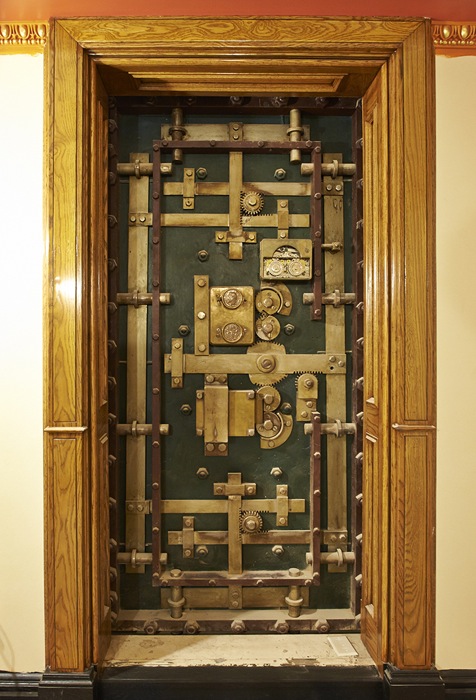
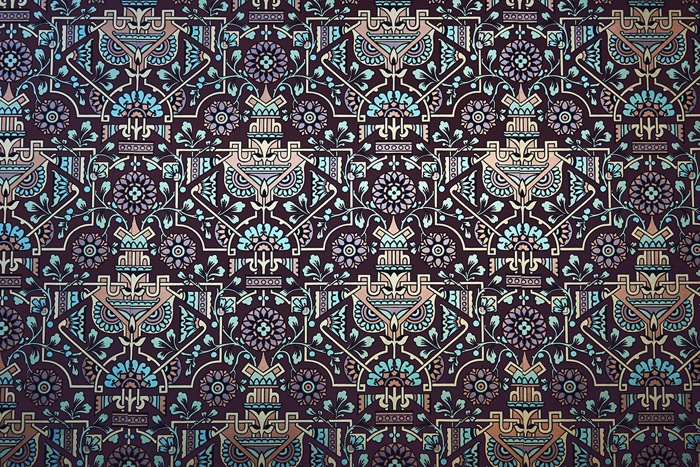
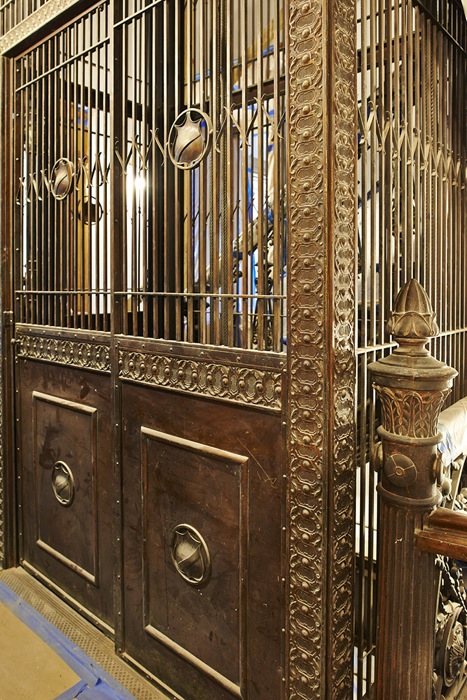
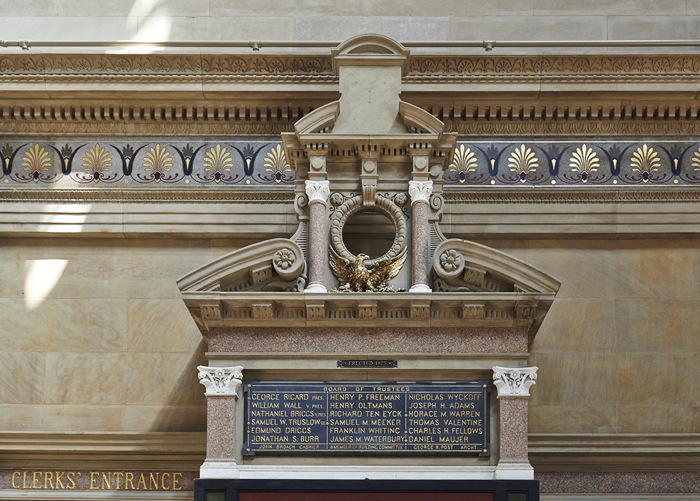





What's Your Take? Leave a Comment